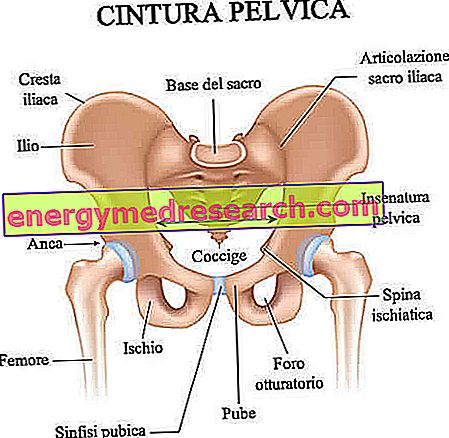The blood vessels are comparable to the pipes of a conduit filled with liquid (blood) and connected to a pump (the heart). The pressure generated at the cardiac level allows an adequate blood supply to each section of the duct.
The set of blood vessels forms the vascular system, preceded by the adjective cardio in the event that blood and heart are also considered.
There are three types of blood vessels, called arteries, capillaries and veins, respectively.
The vessels that carry blood from the heart to the periphery are called arteries, while the return to the heart muscle is entrusted to the veins; finally, the capillaries act as a bridge between the two types of vessels, and are responsible for the exchange of substances between blood and sprayed tissues. Thanks to their very thin walls constituted by a single layer of cells, the endothelium, and to the low speed with which the blood circulates inside them, the capillaries can easily exchange respiratory gases, nutrients, enzymes, hormones and waste substances.
The walls of the arteries, thick and elastic, are made up of three layers: the innermost one (intimate habit) is a layer of endothelial cells, the intermediate - called the medium tunic - is formed by smooth muscle tissue, while the most external (tunic external or adventitia) is formed by connective tissue very rich in elastic fibers.

The presence of muscular and elastic tissue allows the arteries to accumulate, dilating, the energy given to the blood mass by the contraction of the heart; when this relaxes between one contraction and another, the energy accumulated by the arteries is slowly transferred to the blood column directed to the periphery; in this way the arteries contribute to transforming the intermittent blood fleets, coming from the heart, into a continuous (laminar) flow essential to allow normal exchanges at capillary level.
Like the arteries, the veins consist of three layers, but their walls are less extensible and thicker than the arteries of equal caliber; this allows the transit of large quantities of blood without offering a great resistance. Along some veins, in particular in those of larger dimensions located at the level of the lower limbs, special valves are located - called crescent-shaped or swallow-nest - which ensure the unidirectionality of the blood flow in the centripetal sense (from the periphery to the heart).

In humans, the largest artery - the aorta - has a diameter of about 2.5 cm, while in the smallest capillary the caliber is reduced to 5 µm, reaching then 3 cm in the largest vein, the vein quarry. In fact, the vascular system begins with large arteries that branch out little by little into smaller and branched arteries, then into even smaller ones (called arterioles) that continue in a network of very small blood vessels, the already mentioned capillaries. After giving up the necessary and having accumulated the waste, the blood passes from the capillaries to very small veins (the venules), then in larger veins through which it returns to the heart. Arterioles, capillaries and venules form the so-called microcirculation.
The blood vessels - thanks to the precapillary sphincters - have the ability to vary their tone by directing a greater blood flow to the organs that perform a more intense work and vice versa.



